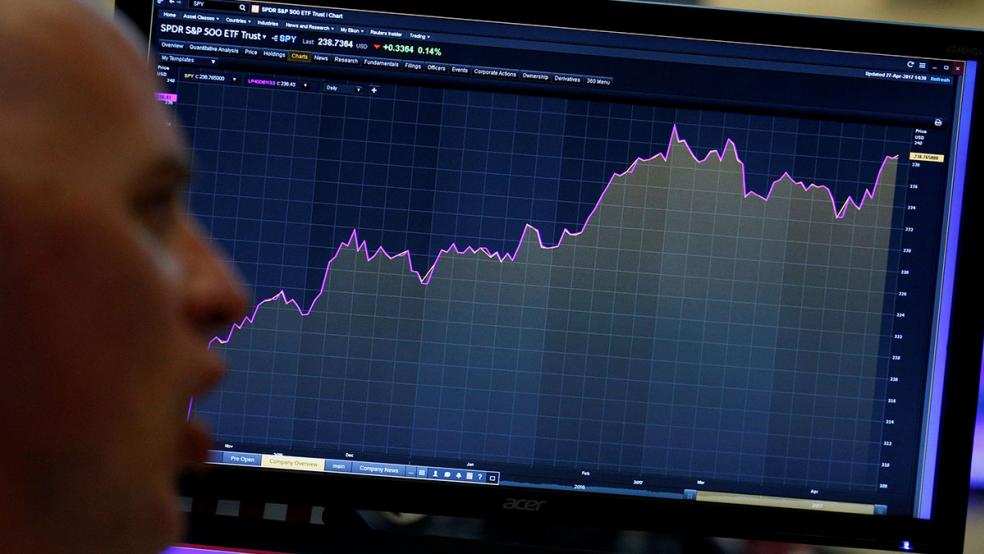The evidence is growing that the Federal Reserve’s policymakers are actively working to lean against the stock market's rise, a dramatic reversal from the years of policy support stock market bulls enjoyed.
The Fed’s surprisingly hawkish policy statement earlier this month can be seen as confirmation of its unofficial "third mandate" (to go with its two statutory mandates of keeping inflation in check and the job market strong): A need to lean against asset bubbles because of the risk they pose to the economy and financial stability.
The Nasdaq Composite's post-election "Trumpflation" rally seems to have encouraged this development. If so, it means the Fed will continue to tighten policy until stocks weaken, price-to-earnings and other valuation metrics normalize and red-hot sentiment cools. Put another way: Don't fight the Fed by being bullish here.
Related: US Dollar Falls, Bond Yields Up as Central Bank Views Shift
The Fed’s hard line comes despite the most disappointing string of economic data since 2011, tepid Q1 GDP growth, a lack of pro-growth legislation out of Washington D.C., an inflation slowdown and fresh weakness in crude oil. Sure, the job market remains strong with a 4.3 percent unemployment rate. But wage inflation remains disappointing.
So, it's hard to justify the Fed's action with the "data dependent" motivation it's claimed for years — defending its actions almost entirely on the low unemployment rate being a historical antecedent to higher inflation.
The “third mandate” explanation has been gaining some serious traction lately. Bank of America wondered in a recent note if the Fed's hawkishness could be related to concern about the stock market's surge — especially tech stocks, as valuations get stretched.

This is backed up by recent comments by New York Fed President Bill Dudley in which he noted that easier financial conditions, such as the higher stock prices, narrow credit spreads and falling bond yields seen lately, "can provide additional impetus for the decision to continue to remove monetary policy accommodation."
Put simply: Late in the business cycle, the Fed wants credit conditions to tighten. And that includes cooling the stock market.
Related: Wall Street Hit Hard as Tech Softness Continues
Another argument to continue tightening policy despite uneven economic data comes from the latest annual report from the Bank for International Settlements (the central bank of central banks): Hike interest rates now, while you can, so they can be lowered later when the next recession hits.
Economist David Rosenberg at Gluskin Sheff cited this passage from the BIS report as key:
"Even if inflation does not rise, keeping interest rates too low for long could raise financial stability and macroeconomic risks further down the road, as debt continues to pile up and risk-taking in financial markets gather steam."
Through this prism, it's clear the Fed is increasingly concerned about fighting asset bubbles. Not just in stocks, but in real estate (both commercial and residential), cryptocurrencies like bitcoin and elsewhere. And that means that until stocks snap and investors feel a little fright again, the policy vice will keep tightening.
That could be a problem for President Trump, since he has been taking a lot of credit for the stock market's rise.






